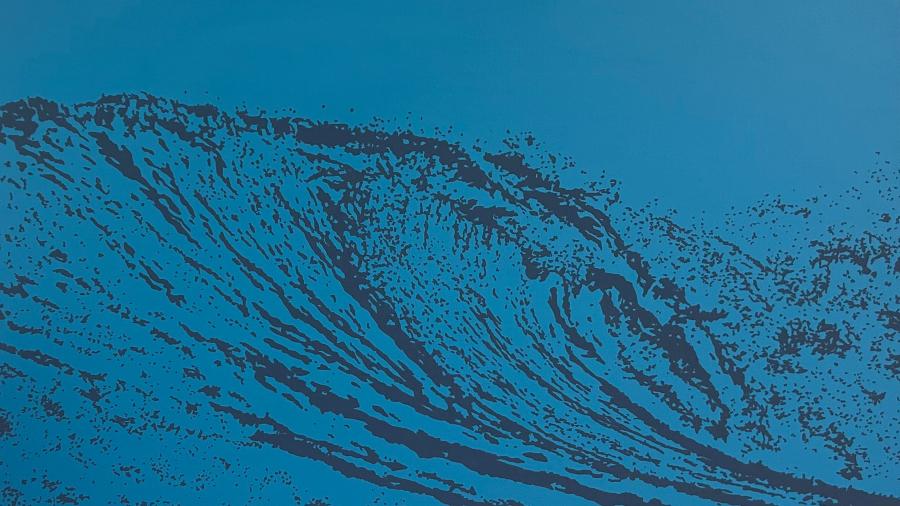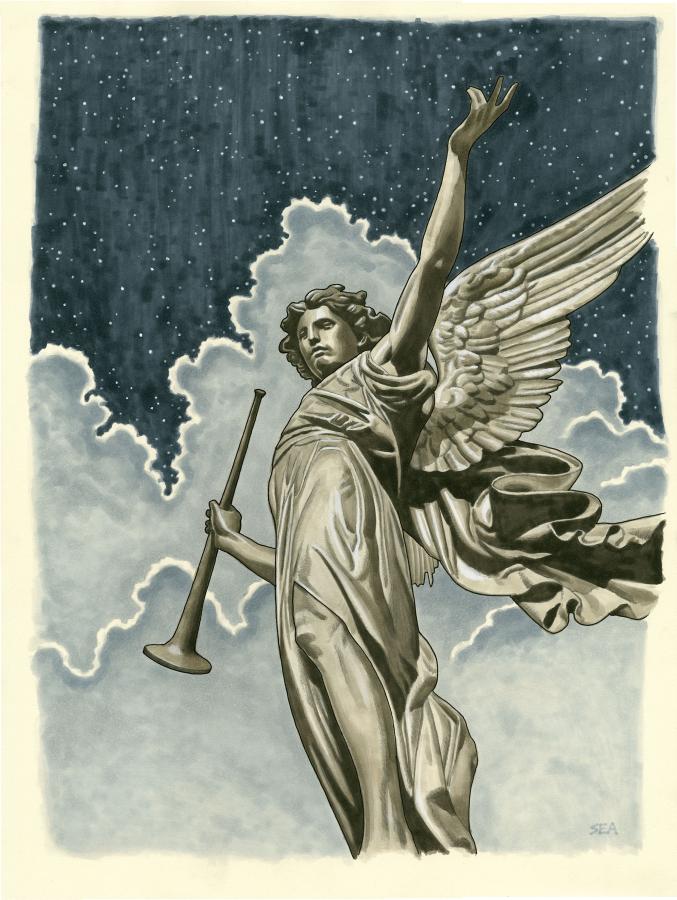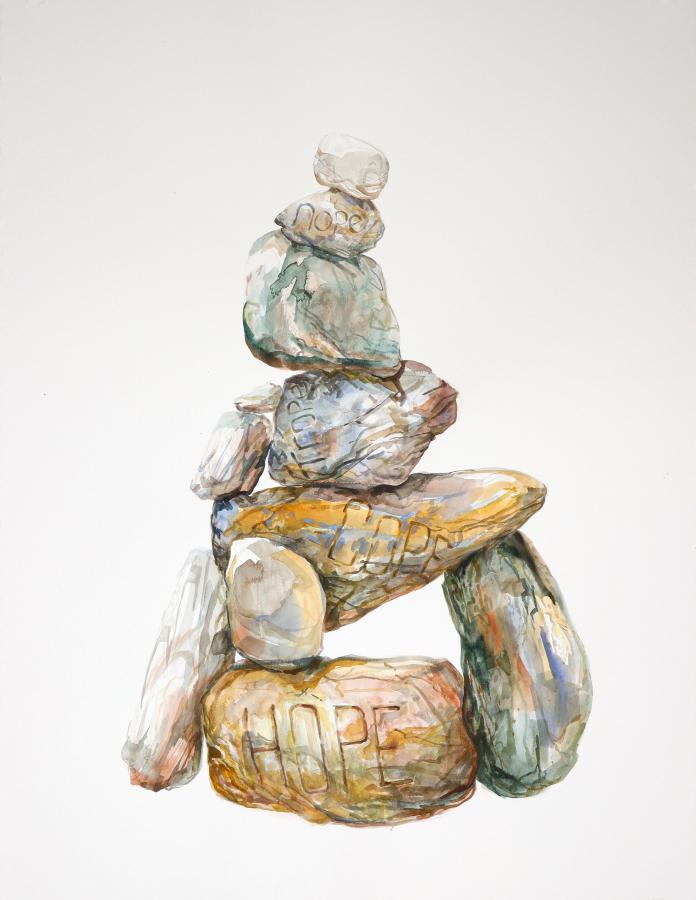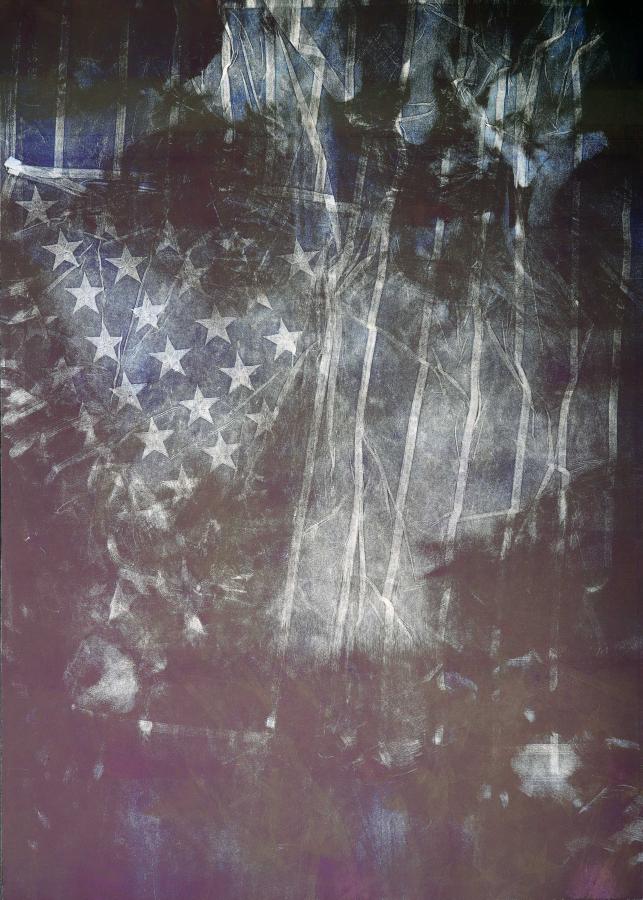Westmont News
Art Faculty Explore ‘Lines of Inquiry’

By
Scott Craig
Westmont’s talented art faculty, who inspire students to envision exciting, real-world possibilities for their own creative paths, offer an impressive range of works from their innovative careers in “Lines of Inquiry: Westmont Art Faculty Exhibition Fall 2025” from Sept. 4-Nov. 1 in the Westmont Ridley-Tree Museum of Art.

The museum hosts a free, public opening reception with the art professors on Thursday, Sept. 4, from 4-6 p.m.
The Westmont art faculty represent a range of artistic careers such as graphic design, community activism, art history, museum studies, studio art, commercial photography and illustration, and of course, education.
“Each of these professors’ paths reflects a deep commitment to continuous learning, growth, and exploration,” says Chris Rupp, interim director of the museum and instructor of art at Westmont. “’Lines of Inquiry’ beautifully captures the power of art to uncover and express meaningful truths about our world. It encourages students to stay curious, keep creating and pursue art that makes a lasting impact.”

Including Rupp, the featured artists are Scott Anderson, Brad Elliott, Ryan Ethington, Nathan Hayden, Nathan Huff and Meagan Stirling.
Anderson showcases his process of creating posters for Westmont’s music and theater departments through an expansive array of sketches, preliminary marker drawings, and framed prints of the digitally painted final posters.
“Every poster illustration starts with a sketch, and to illuminate that process, I’ve included those sketches next to their respective final pieces,” Anderson says. “This body of work collectively represents more than 15 years of posters created for Westmont, and the freedom given to explore new techniques has been essential to keeping the work fresh and engaging.”
Elliott, who has worked at Westmont for 41 years, serves as the longtime campus photographer and adjunct art professor. He also oversees the audiovisual, sound and lighting for numerous college events, including Commencement, Midnight Madness, Spring Sing — held annually in the Santa Barbara Bowl — and chapel, held three times a week in Murchison Gym. A graduate of Brooks Institute of Photography, Elliott has taken photos of thousands of local weddings, theater productions, sporting events and family milestones.

Ethington, who offers acrylic paintings on canvas of stylized waves, takes inspiration from Vernon Courtlandt Johnson’s archaic skateboard designs and Japanese woodblock prints like “The Great Wave off Kanagawa.” “Waves are an impermanent force, yet they leave a lasting impression in my memory,” he says. “I painted these works with a flatness and stylization to create an icon-like impact, like the impact surfing waves has always had on me. These paintings remind us not only of the joy and beauty of waves but also of the immense challenges facing the ocean.”
Hayden presents a large installation of six sheets of paper decorated with geometric forms painted carefully by hand in ink. As a child, he began exploring drawing and woodcarving and developed an interest in the naturally occurring forms and patterns he encountered while playing in the woods. Influenced by these childhood experiences, he works with geometric shapes to paint large fields of pattern and build ceramic sculptures that play with perception.
Huff’s works in the show include watercolor and gouache on paper as well as mixed media sculptures. “I’m drawn to the spaces between lines of poetry or long pauses in stilted conversation,” he says. “They make me uncomfortable and also delight me. When I make art, I often imagine extending those types of disjointed pauses where silence lingers and possibilities unfold.”
Rupp uses multimedia elements, particularly clay, to ground his work locally and in his ceramics practice while provoking thought about current political events. He uses locally sourced clay in his piece “Our Roots,” a map of the United States coated with clay. “We’re living within a culture that often demands silence or complicity,” he says. “My new body of work is an immediate, visceral reaction to the turbulence of our times, particularly to the shifting social and political landscape of the United States.”
Stirling’s artwork, “My Body, My Flag,” features a series of prints that incorporates the American flag and imprints of her own body to create abstract works that confront women’s historical erasure and the nation’s obsessive attachment to its flag. “Through the use of materials and imagery, I raise questions about how individuals confront this uncertainty and navigate environments shaped both by comfort and the illusion of safety.”
The museum is open weekdays from 10 a.m.-4 p.m., and Saturdays from 11 a.m.-5 p.m. and closed on Sundays and college holidays.